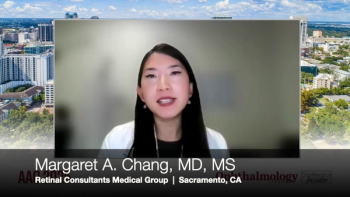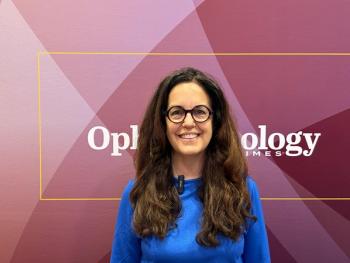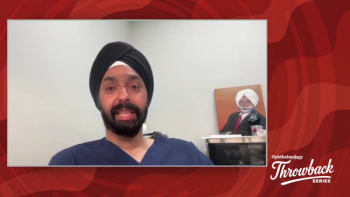
ARVO LIVE: Early detection of diabetic retinopathy in underserved communities
Ophthalmology Times® talked with Edmund Arthur, OD, PhD, FAAO, about his research on the early detection of diabetic retinopathy in underserved communities at this year's ARVO meeting.
Ophthalmology Times® talked with Edmund Arthur, OD, PhD, FAAO, about his research on the early detection of diabetic retinopathy in underserved communities at this year's ARVO meeting.
Video transcript
Editor’s note: Transcript lightly edited for clarity.
Edmund Arthur, OD, PhD, FAAO:
I'm Edmund Arthur. I'm an assistant professor of the University of Alabama at Birmingham School of Optometry. I'm this year's Genentech Career Development Award recipient for Underrepresented Emerging Vision Scientists. My research is on the early detection of diabetic retinopathy in underserved communities.
Diabetic retinopathy is the most common cause of vision loss in working-age adults in most developed countries, including the United States. Early detection of this condition will lead to early refer out to a primary care physician for control of systemic glucose or systemic A1C. But the pathological changes that occur in diabetic patients precedes clinical retinopathy. In other words, the changes are occurring in diabetic patients, you know, okay, long before they are clinically detected. So if we can detect these early changes with advanced retinal imaging, then we can refer to a primary care physician and then start early management of their systemic A1C and yet systemic glucose.
So the focus of my research that is sponsored generously by Genentech is to use advanced retinal imaging called optical coherence tomography angiography to develop a novel retinal vascular biomarker for early detection of diabetic retinopathy and diabetic macular edema, so that we can refer to the primary care physician early enough, and then we can manage this condition early enough. Thank you.
Newsletter
Don’t miss out—get Ophthalmology Times updates on the latest clinical advancements and expert interviews, straight to your inbox.



















































.png)


